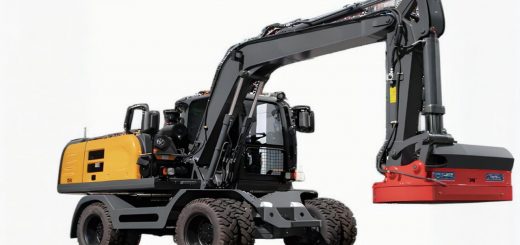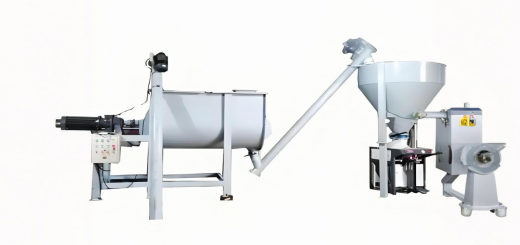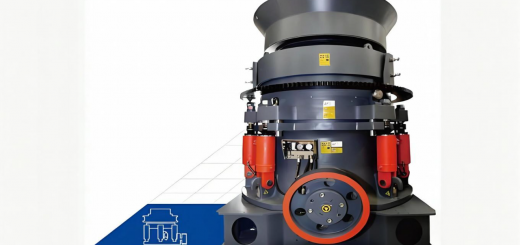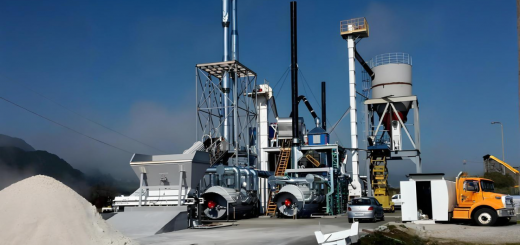Plastic Laminating Machine: Enhancing Durability and Functionality Through Multi-Layer Bonding Technology
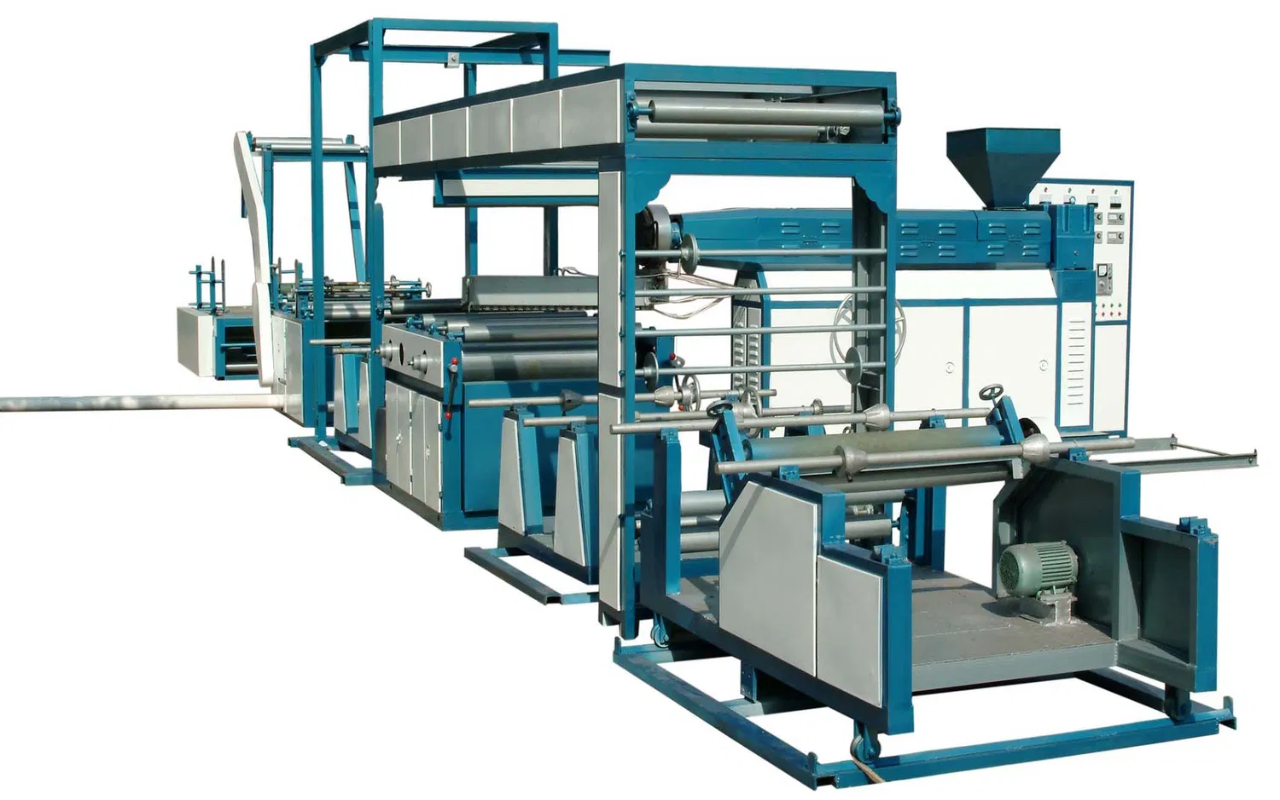
What is a Plastic Laminating Machine?
A plastic laminating machine bonds multiple layers of plastic films, foils, or fabrics using heat, pressure, or adhesives to create composite materials with enhanced properties like moisture resistance, UV protection, or structural strength.
Types of Plastic Laminating Machines
- Hot Melt Laminators
- Uses thermoplastic adhesives for flexible packaging (e.g., snack bags).
- Dry Bond Laminators
- Applies solvent-based adhesives for high-barrier medical packaging.
- Extrusion Laminators
- Bonds layers by extruding molten resin as an adhesive (e.g., aluminum-PET laminates).
- Cold Laminators
- Pressure-sensitive adhesives for labels and protective films.
Key Advantages
✔ Barrier Protection – Blocks oxygen, moisture, and contaminants.
✔ Customization – Combine materials like PET/AL/PE for specific needs.
✔ Eco-Friendly Options – Water-based adhesives reduce VOC emissions.
Applications
- Food Packaging (vacuum-sealed pouches)
- Pharmaceuticals (blister packs)
- Industrial Films (protective coatings)
Operation Process
- Material Unwinding – Feed films into the machine.
- Adhesive Application – Spray, roll, or extrude adhesive.
- Bonding – Heat/pressure activates adhesion.
- Cooling & Winding – Solidify and roll the laminated product.
Maintenance Tips
- Clean adhesive nozzles to prevent clogging.
- Inspect heating rollers for wear.


